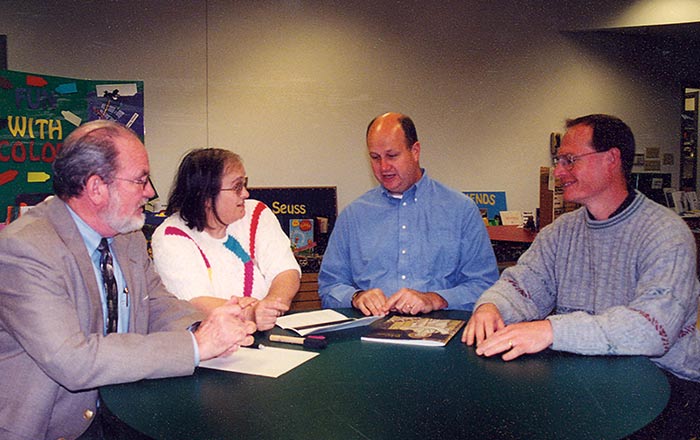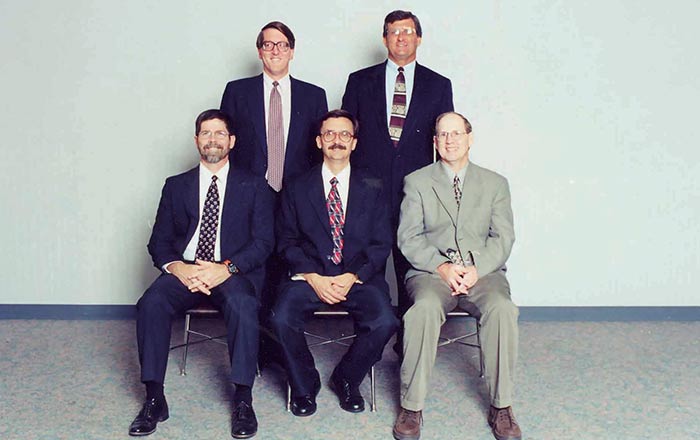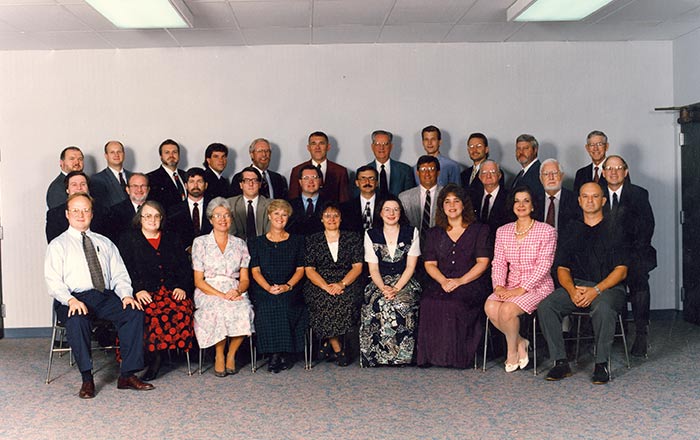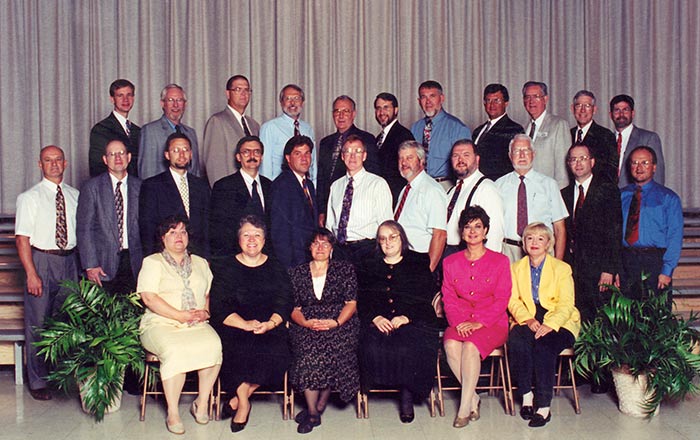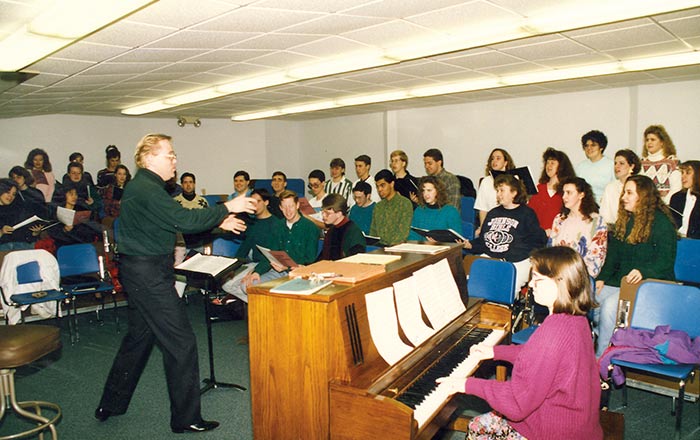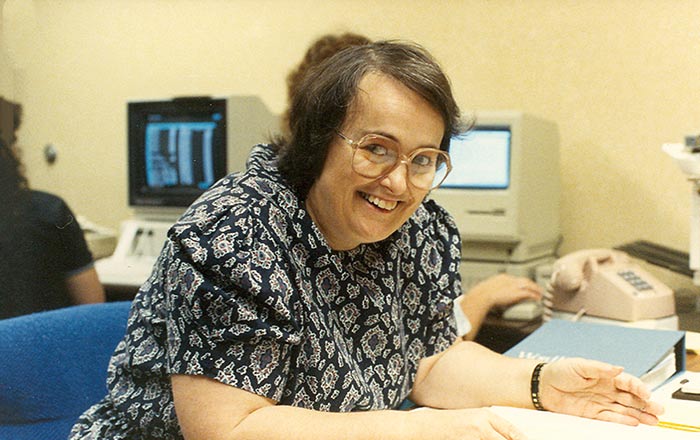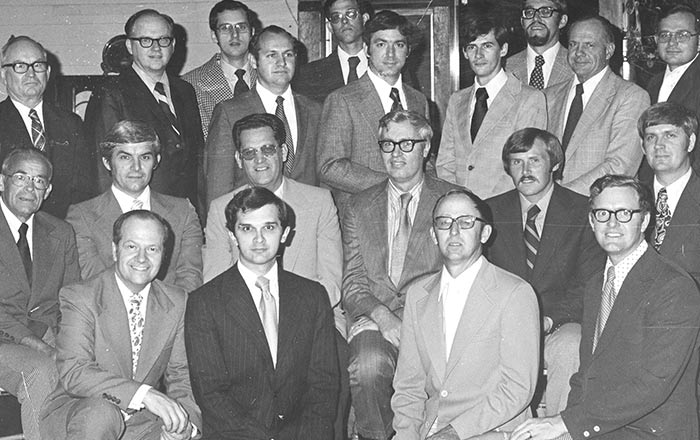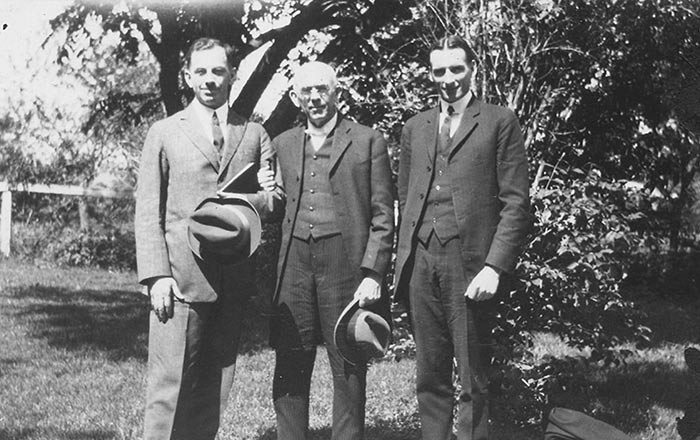In 1893, the School of the Evangelists consisted of a small group of faculty led by Dr. and Mrs. Ashley Johnson. The administrations that followed not only increased the number of faculty, but also increased the academic standards. Many of the faculty made great personal sacrifices to serve at Johnson and dedicated their long-term teaching careers to the school’s ministry. Throughout Johnson’s history, the faculty have demonstrated their commitment to the mission of Johnson and to its statement of faith, remaining rooted in Dr. Johnson’s vision for the school and the ideals of the Restoration Movement.
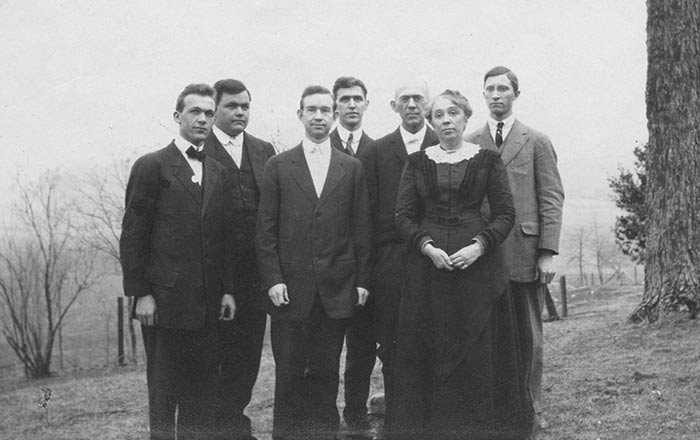
Alva Ross Brown assembled a capable and stable faculty which included Helen F. Stokes, Henry R. “Daddy” Garrett, Albert T. Fitts, and William O. Lappin. Due to the financial crisis of the Great Depression, at times the faculty taught without pay because of their dedication to the school. After serving Johnson for over twenty years, “Daddy” Garrett retired in 1947. Several tributes written to Professor Garrett shared one common theme: “Probably no teacher was ever more universally loved by his students.” When “Daddy” Garrett passed away, he was buried in the small cemetery in the field near the front gate of the college.
Robert M. Bell hired several faculty and administrators who dedicated many years of service to the college. This group included Floyd E. Clark, Robert E. Black, Lee Richardson, Lovella Richardson, Clark Rowland, Ruth Rowland, Joel F. Rood, J. O. Pierson, David Eubanks, William R. Blevins, and John M. “Jack” Lowe. One cannot mention the faculty without special recognition of Dr. Floyd Clark and Dr. Robert Black. Dr. Clark served as Professor of Greek and New Testament, as Academic Dean, as Acting Executive Vice-President (following the death of Dr. Bell), and as a building construction supervisor. Dr. Black taught Old Testament at Johnson for forty years and his “key questions,” quizzes, and lectures provided students with meaningful and memorable understanding of the Old Testament.
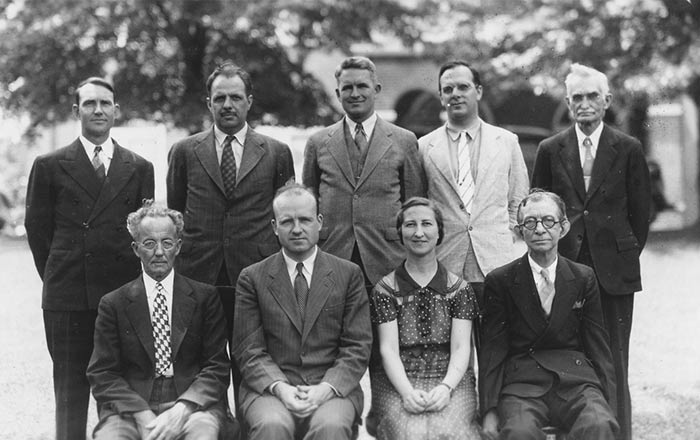
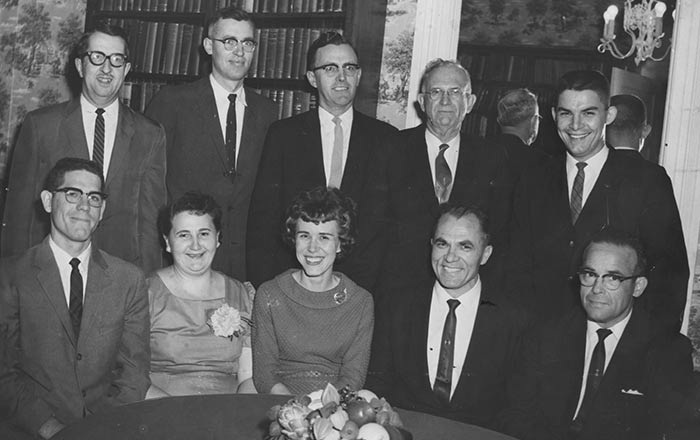
After Johnson received academic accreditation, Dr. Eubanks recruited faculty with the strongest academic qualifications, resulting in an ever-increasing number holding doctorates. Long-term faculty and administrators recruited by Dr. Eubanks, each with more than thirty years of service, included Wilbur A. Reid Jr., Ben D. Lutz Sr., Robert Martin, Ronald E. Wheeler, Richard K. Beam, Gerald L. Mattingly, Chris M. Templar, David A. Enyart, Douglas E. Karnes, Norman M. Dungan, Stephen L. Smith, Donald R. Trentham, and Carl B. Bridges.
With the expansion of Johnson University to include a growing number of programs and online degrees, as well as the development of Johnson University Florida, a countless number of worthy and influential faculty and administrators have played a significant role in the life of the university. In the early years, one unique aspect of faculty life was “Professor’s Row,” the construction of three faculty residences on campus. The isolated nature of the college meant there was little available housing near the campus, but this arrangement also reflected the “family culture” philosophy of Dr. Johnson. Although much has changed due to regional development and regulatory requirements, many faculty and staff continue to live on campus. In the university’s 125-year history, this unique arrangement of faculty and students living in close proximity to each other has fostered a community of learning, discipleship, and mission.
